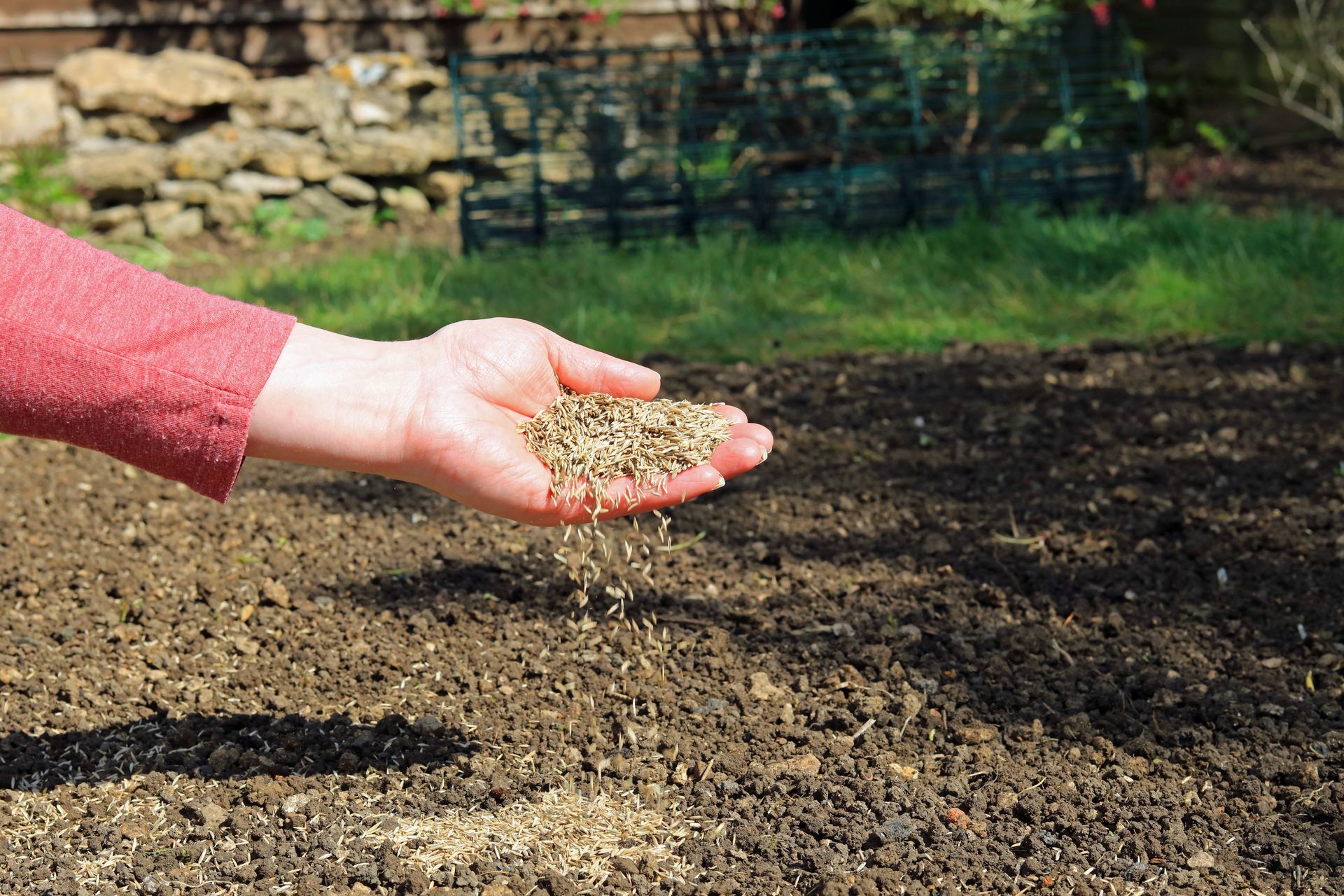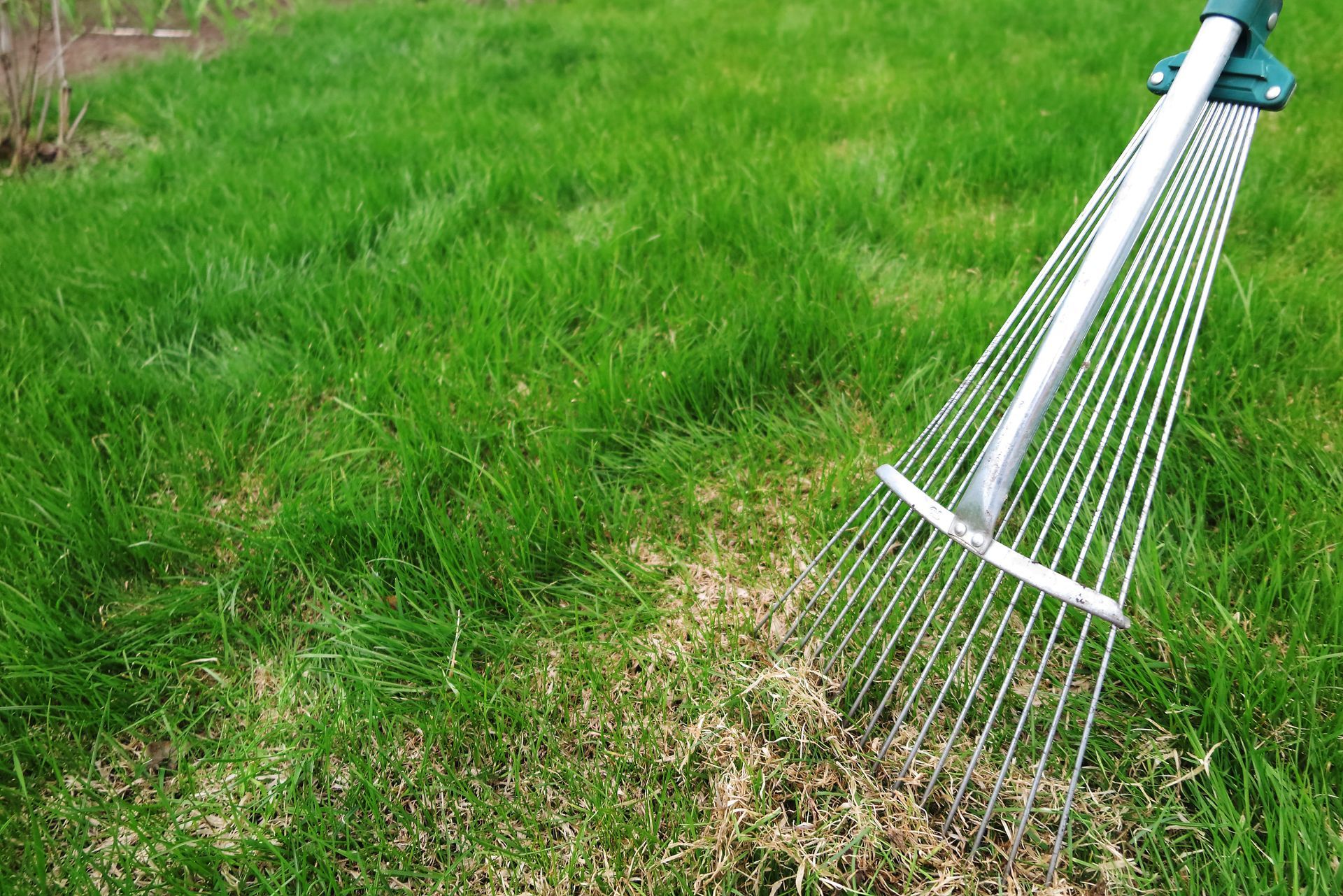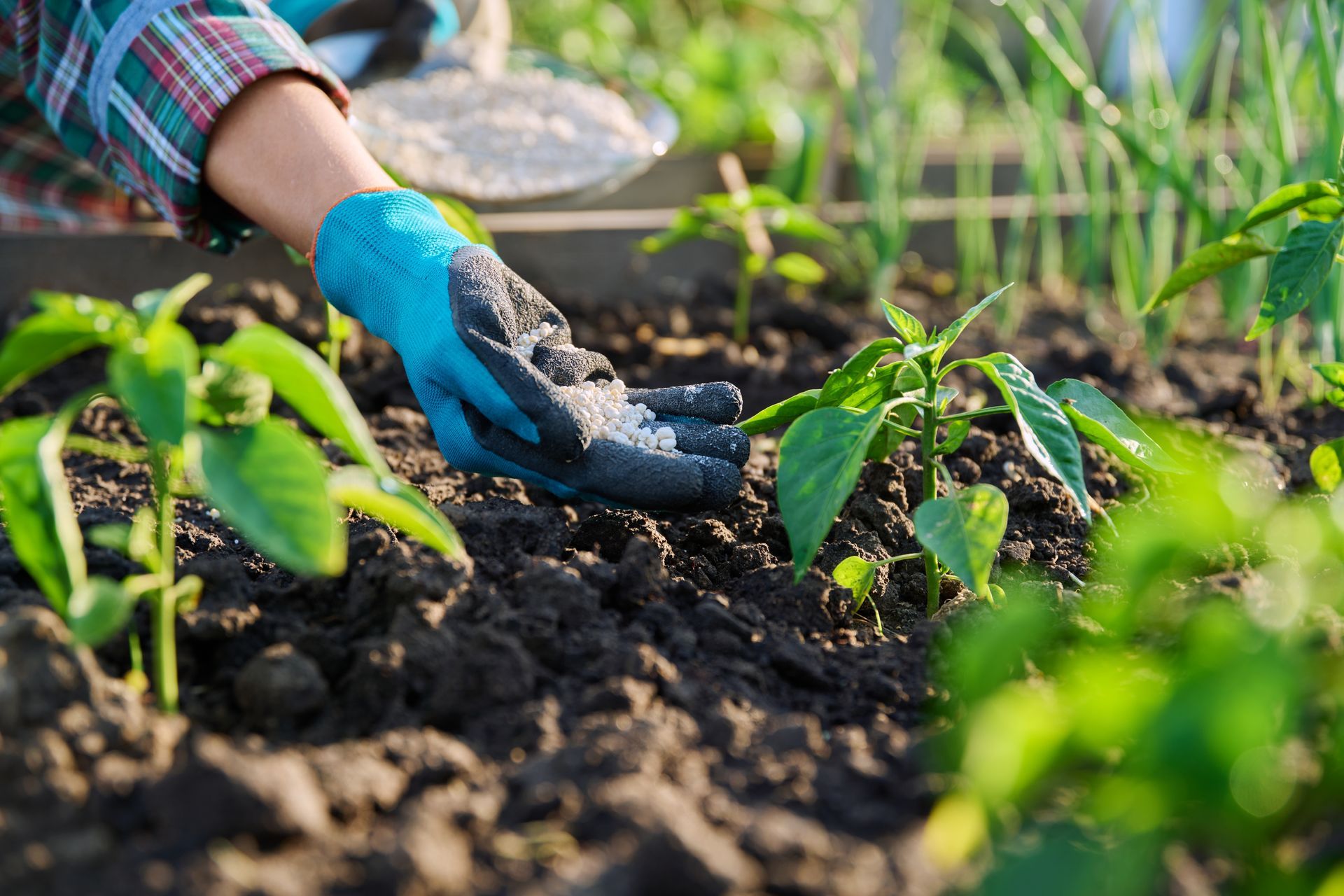April 12, 2023
Four Professional Lawn Care Steps To Prep Your Yard For Spring
March is a weird time for Southeast Michigan lawns. Temperatures begin to seesaw as winter comes to a close. Spring is almost here, and everyone, especially the Visionary Fertilization team, is chomping at the bit to see yards return to a green worthy of St Patrick’s Day. While we wait for the soil and grass to thaw out, and perform your late-winter lawn maintenance techniques, here are four steps our professional lawn care team takes to prep your yard for Spring.
Stop Crabgrass From Sprouting Pre-Spring
March 20th was the first day of Spring, and it’s Visionary Fertilization’s
professional lawn care program cue to get your yard ready regardless of the temperatures. Our
7-Step Treatment Program includes applying a pre-emergent crabgrass control to prevent overwintering seeds from germinating. Crabgrass is an annual weed that can blend with the blades of grass in your yard and get out of control fast! It thrives in summer, dies off in the winter, and bides its time until Spring.We treat your lawn with a pre-emergent to help prevent this weed from sprouting come summer.
Apply Fertilizer To The Lawn
Even though it’s still a bit frosty in Southeast Michigan, applying a pre-spring fertilizer can help your lawn wake up from winter quicker. These fertilizers are designed to nourish and strengthen the roots, which continue growing during winter, giving them a boost as they battle through the last of the cold temperatures.
Check Trees and Shrubs For Disease
Temperatures aren’t expected to warm up until May in 2023, according to The Farmer’s Almanac. To expedite the growing cycle, the experts at Visionary Fertilization prune hedges and shrubs and inspect trees for disease or signs of death. Pests and fungal diseases can take hold as the warm-up begins. Professional lawn care includes annually addressing issues like needle cast, apple scab, rust fungicide, and others. Sick trees are treated with fungicides, while those being eaten by pests will receive our special trunk injections.
Check for Mold, Voles, and Thatch Damage
Piles of snow allow a couple of winter pests and moisture-related conditions to develop. Thatch builds up quickly over the winter, thanks to the snow and the lack of mowing and movement on Southeast Michigan lawns. Since it’s not time to mow just yet, Visionary Fertilization rakes areas of your lawn to remove thatch buildup and snow mold. This helps stimulate growth.
Voles
burrow under the soil creating rivets in the yard. We use eco-friendly treatments to eliminate them.
Get Spring-Ready with Visionary Fertilization Professional Lawn Care
Get your yard Spring-ready with professional lawn care service from the team at Visionary Fertilization. As a locally-owned and operated business, we know what it takes to keep Southeast Michigan yards thriving!
We provide service in Lapeer, Macomb, Rochester Hills, Shelby Township, Utica, and Troy. Give us a call at
586-281-5148 for more information on custom lawn services near you, or
contact us today for a
free estimate.




